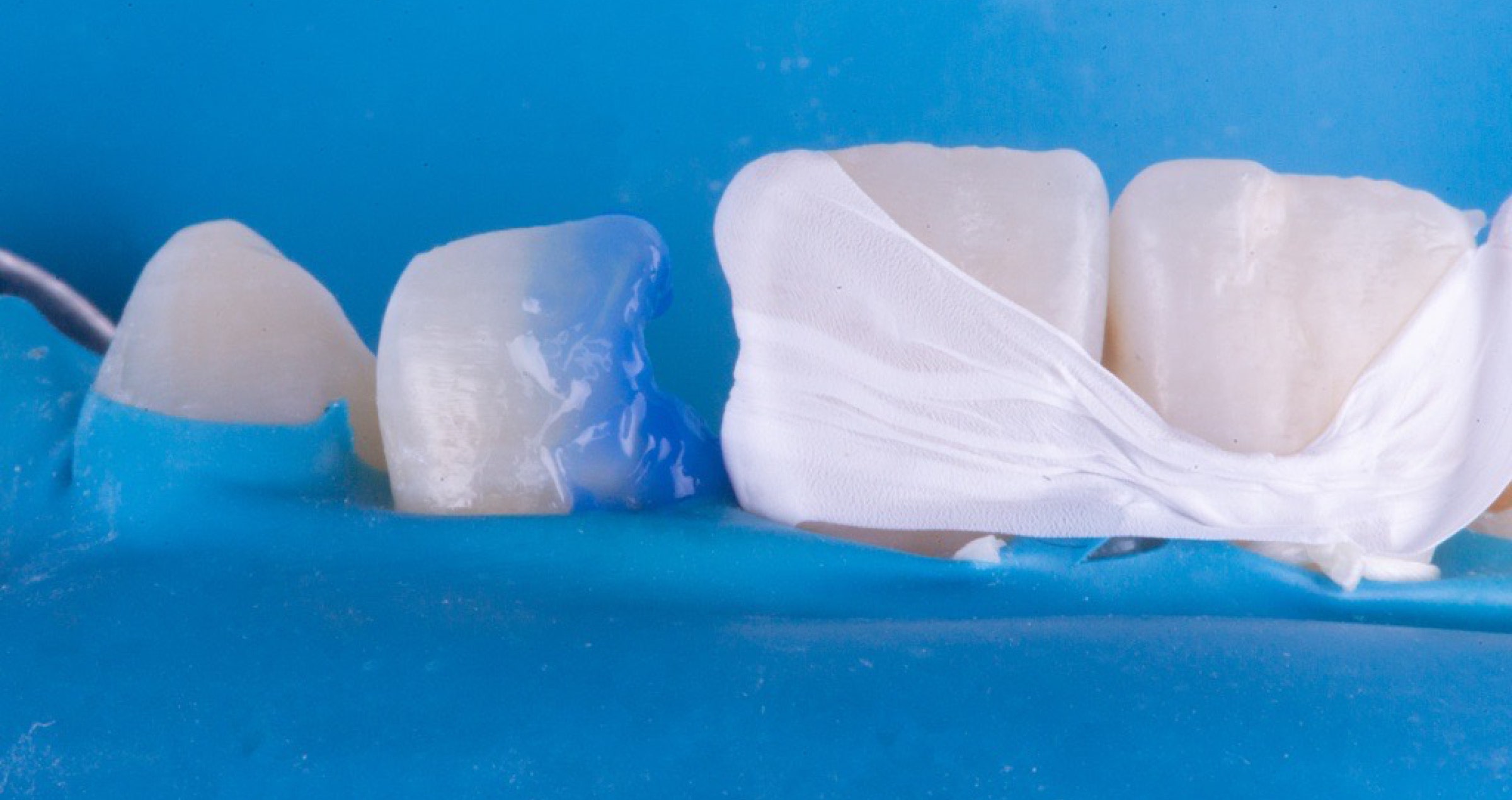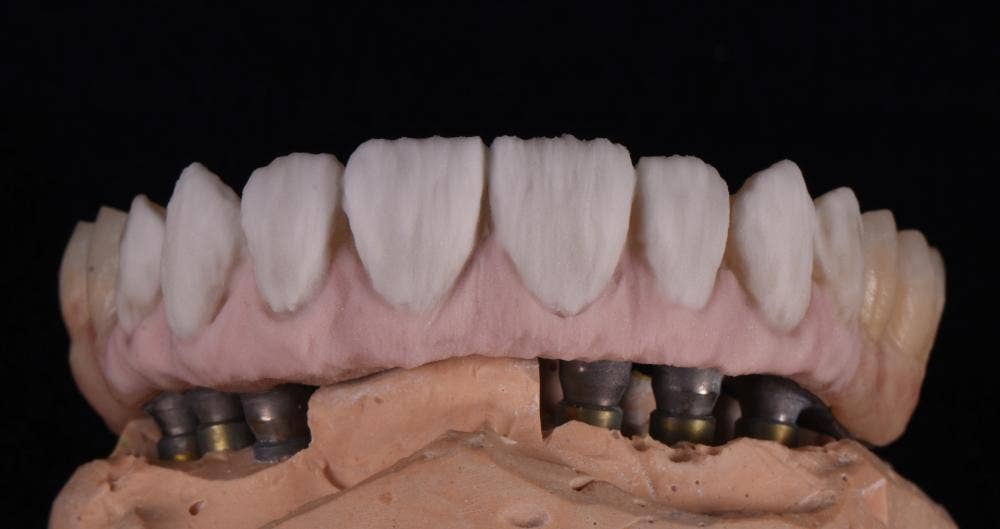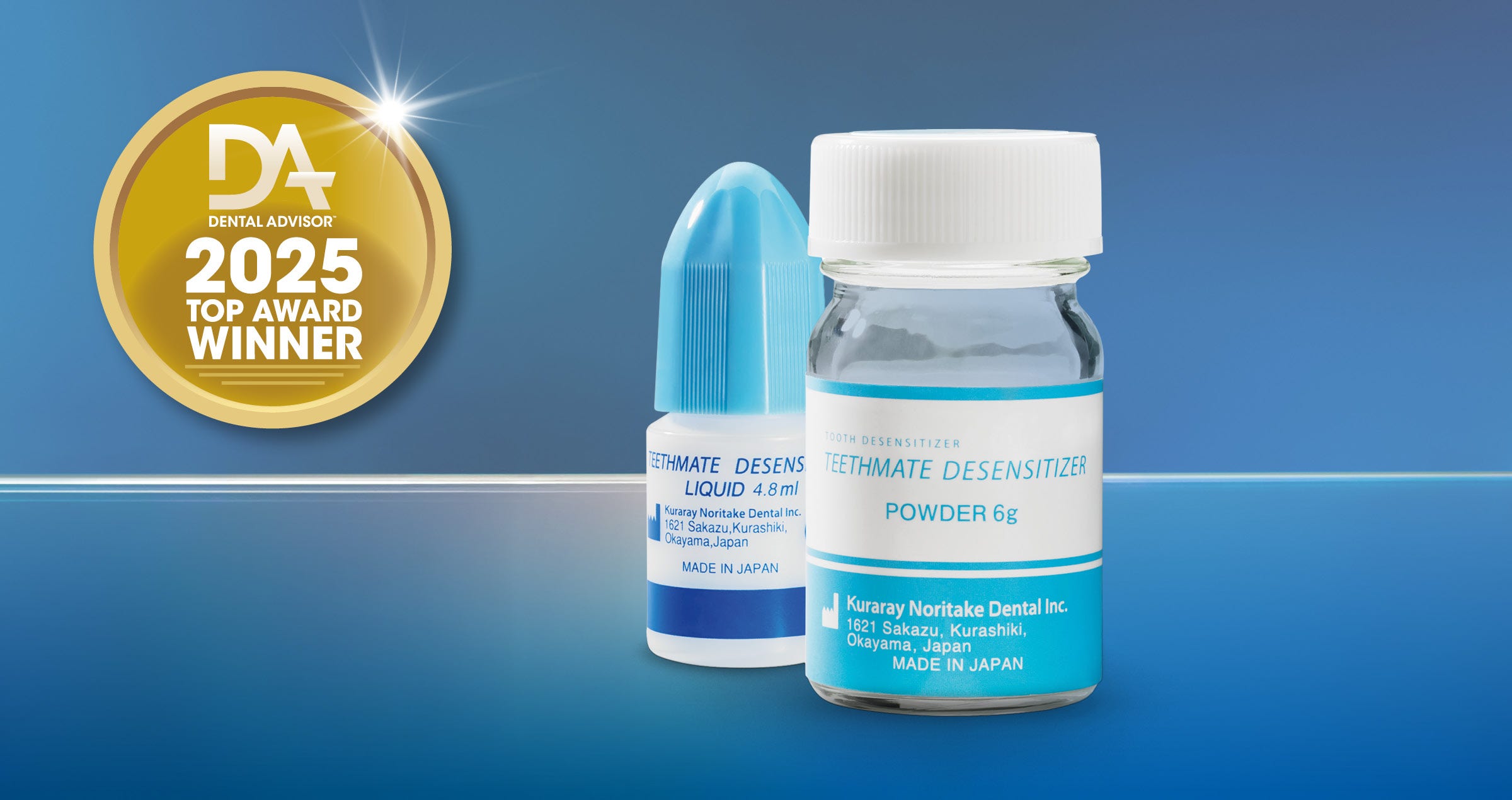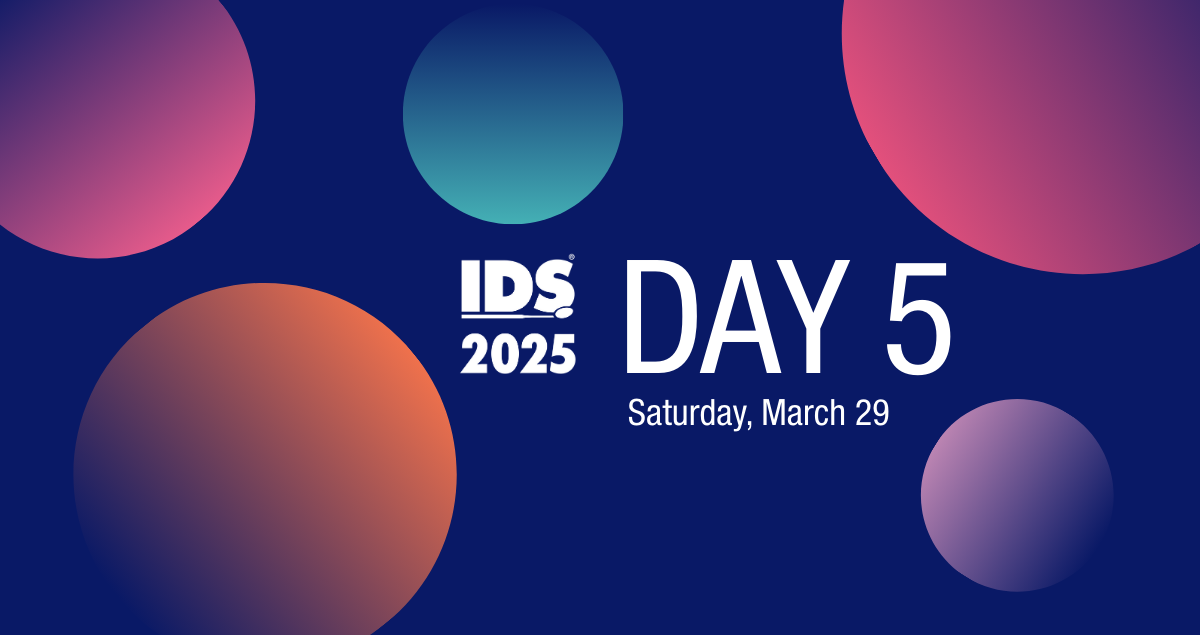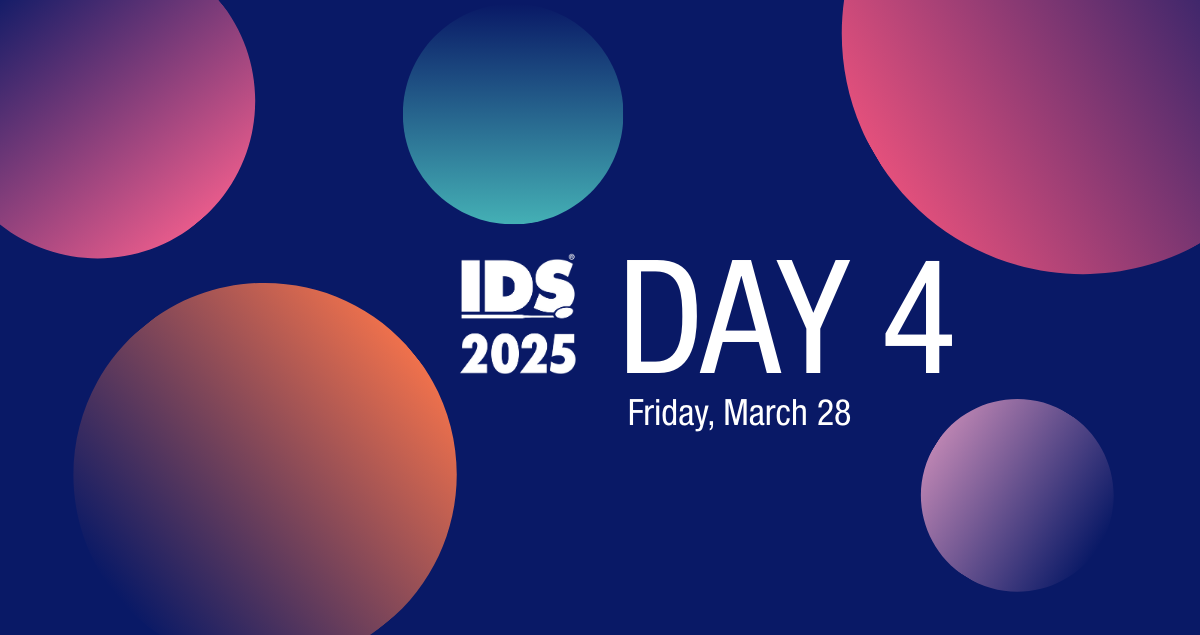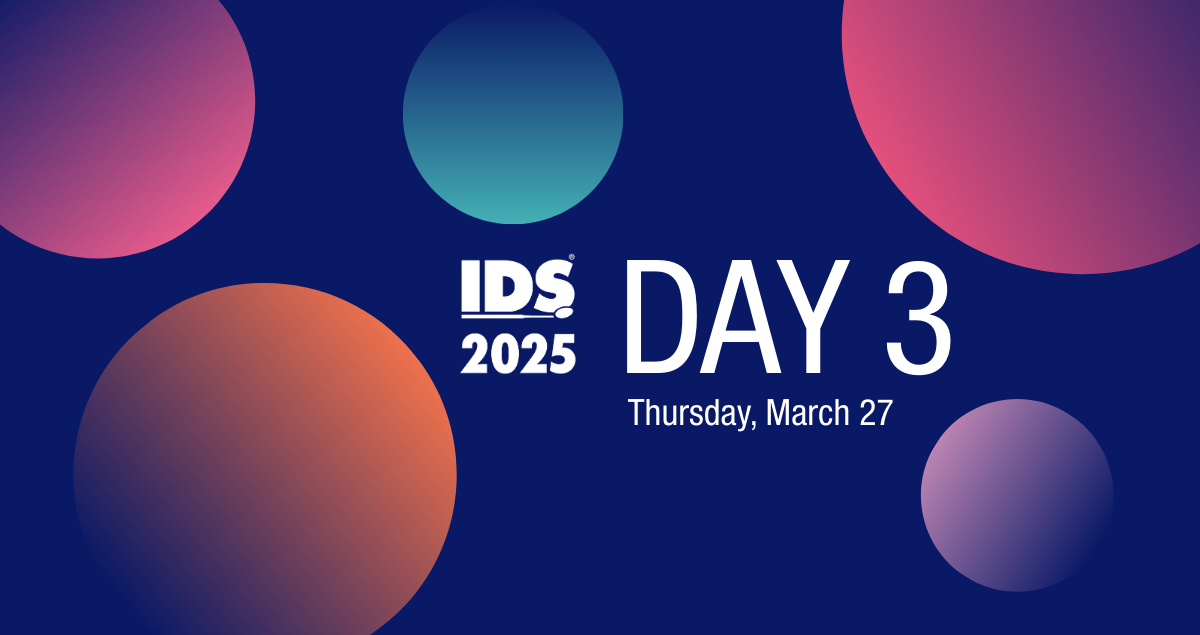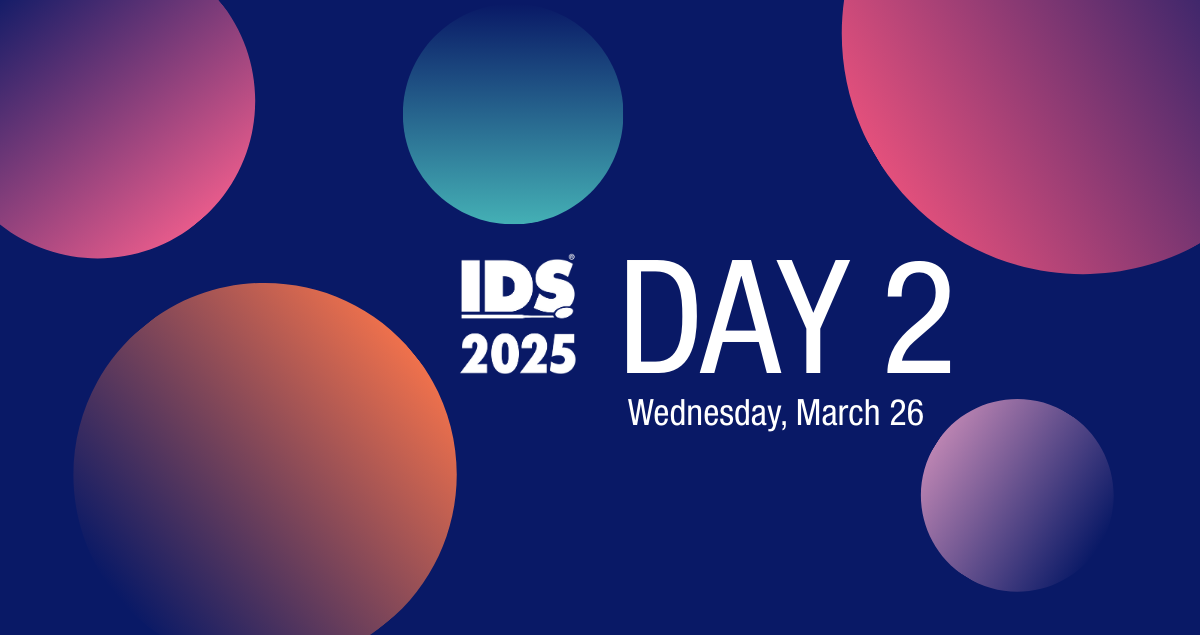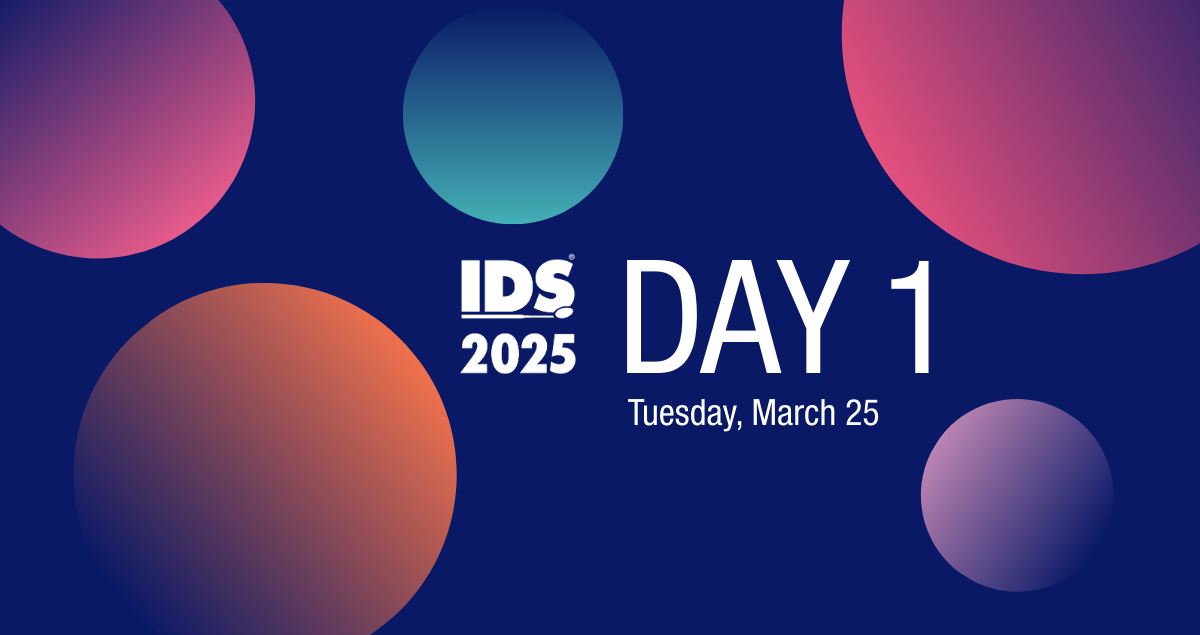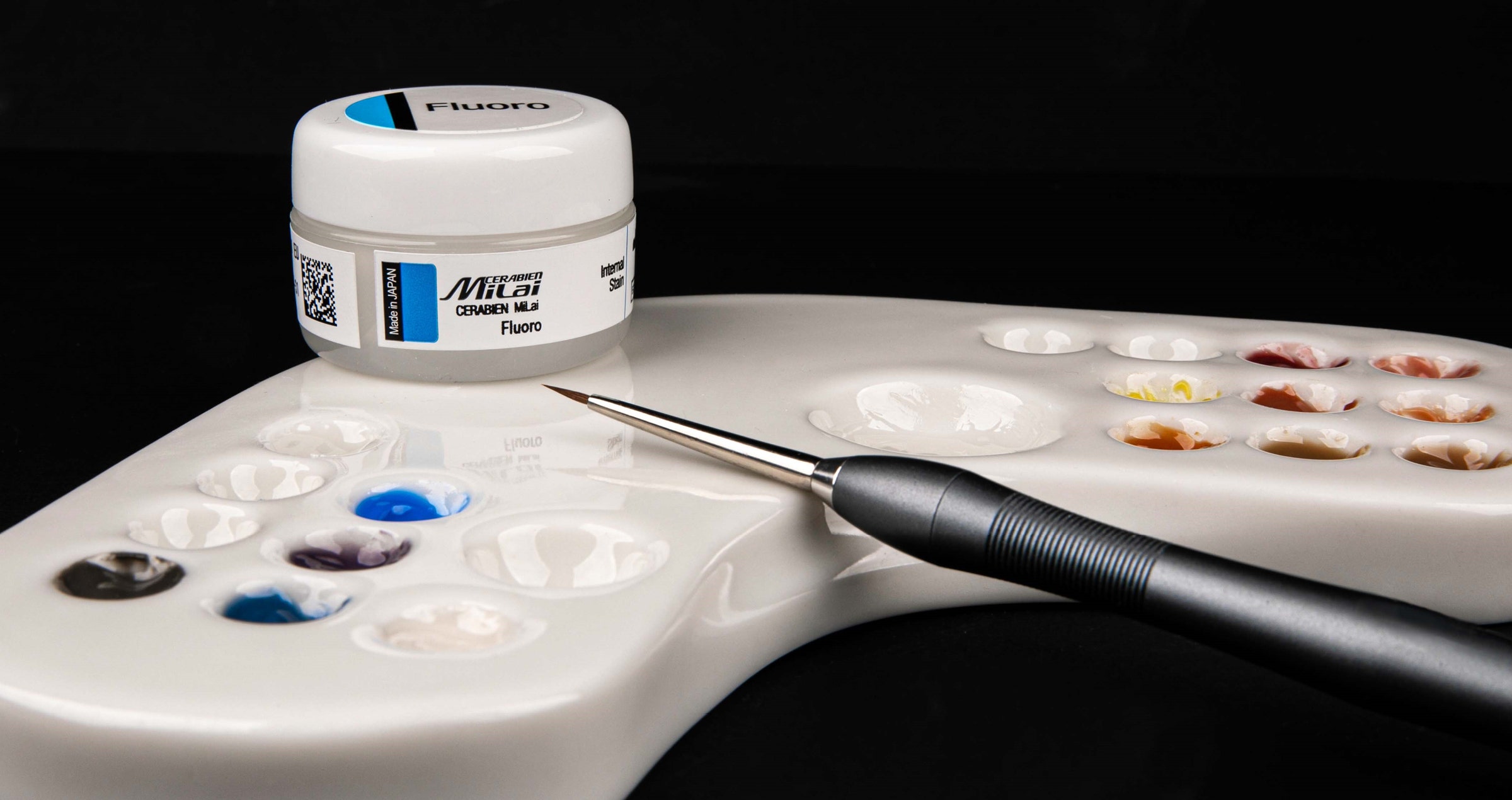Shaping the future of dentistry
KURARAY NORITAKE DENTAL INC.'S AWARD-WINNING SOLUTIONS IN 2025
In our dynamic dental landscape, the demand for cutting-edge materials and devices that enhance clinical outcomes, simplify workflows and address individual patient needs continues to rise. Dental professionals never stop looking for such products that support them and their teams in achieving exceptional treatment outcomes safely and efficiently. In a short-lived world with new products being introduced frequently, however, it can be challenging to identify and choose the right solutions. Independent evaluations that assess practical application on one hand and laboratory as well as clinical performance on the other are among the most trusted sources of information.
Each year, the Dental Advisor, a respected authority in dental product testing, recognizes those dental products that consistently perform at the highest levels. In its Top & Preferred Product as well as Research Awards published in the January/February 2025 issue of the Dental Advisor, several products from Kuraray Noritake Dental Inc. earned well-deserved recognition. Among this year’s winners are a new flowable composite as well as tried-and-tested favourites that continue to shape the field of restorative and adhesive dentistry.
RESEARCH AWARD WINNERS
According to Dental Advisor (www.dentaladvisor.com), “Companies that receive Research Awards demonstrate a commitment to advancing dental technology and enhancing patient care.” Features and physical properties are tested in the Dental Advisor Biomaterials Research Center to evaluate the scientific performance of the materials and recognize those products with the most promising blend of characteristics.
CLEARFIL MAJESTY ES Flow Universal
This brand-new flowable composite with a simplified shade concept has just earned the prestigious Research Award from the Dental Advisor. While the material is available in two flowabilities (Low and Super Low) in Europe, Low is the variant offered in the United States and tested in the Dental Advisor Biomaterials Research Center. According to the test results, the material stands out mainly due to its high mechanical properties and exceptional shade matching abilities. Its flexural strength and compressive strength are level with those of the strongest packable composites on the market. And although only two shades are offered, laboratory testing confirms that the material matches a broad range of natural tooth shades. This brings both simplicity and efficiency to restorative procedures without compromising on aesthetics and durability.
PANAVIA Veneer LC (RESEARCH AWARD AND PREFERRED PRODUCT)
PANAVIA Veneer LC has been revered for its exceptional bond strength and aesthetic outcomes in veneer applications. Testing confirmed that – when the components recommended in the United States (PANAVIA Veneer LC Paste, CLEARFIL™ Universal Bond Quick and CLEARFIL™ Ceramic Primer Plus) are used – bond strength is high after artificial ageing. This applies to various substrates including enamel, dentin, silica-based ceramics (lithium disilicate) and zirconia. The system also showed the best gloss retention and wear properties compared to two other leading veneer cements tested.
TOP PRODUCT AWARD WINNERS
Every year, the Top Product Award is awarded to materials and devices in different dental categories. The winners are selected based on clinical evaluations and laboratory test results. This award offers valuable insights as the tests are conducted under real-life conditions: “Our dedicated volunteer evaluators provide unbiased insights from their real-world experiences, ensuring that only the very best receive this prestigious accolade”, as stated on www.dentaladvisor.com.
CLEARFIL MAJESTY™ ES Flow
A consistent winner, CLEARFIL MAJESTY™ ES Flow has earned the Top Award again this year, reinforcing its status as a top performer in the composite resin category. Praised for its ease of use, excellent handling, and natural aesthetic appearance, this material is the go-to solution for clinicians who demand versatility and a superior finish.
CLEARFIL™ SE Protect
CLEARFIL™ SE Protect continues to lead the category of self-etch adhesives with its antibacterial effects and fluoride release. With a proven track record of clinical excellence, it secured a Top Award this year for its remarkable performance in both bonding and long-term performance, making it an indispensable product in restorative dentistry.
PANAVIA™ SA Cement Universal
The epitome of simplicity in self-adhesive cementation, PANAVIA™ SA Cement Universal earned a Top Award for its ability to bond reliably to a wide range of substrates without the need for additional primers. Its easy handling and consistent results have made it the preferred choice for clinicians looking for top performance and simplicity.
TEETHMATE™ DESENSITIZER
For the eighth year running, TEETHMATE™ DESENSITIZER has received a Top Award, highlighting its superior performance in the treatment of hypersensitivity. This non-invasive solution remains a favourite for addressing sensitivity issues, thanks to long-lasting pain relief.
PREFERRED PRODUCT AWARD WINNERS
Based on clinical evaluations and in-vitro tests, the Dental Advisor selects “those items that not only excel in performance but also resonate with the needs of dental practitioners”. As explained on www.dentaladvisor.com, these products receive a Preferred Product Award.
CLEARFIL™ CERAMIC PRIMER PLUS
Achieving Preferred Product status for its ability to bond to a wide variety of restorative materials, CLEARFIL™ CERAMIC PRIMER PLUS continues to shine in providing exceptional bond strength, particularly to silica-based ceramics, zirconia, and composites. Its consistent performance has earned it the recognition of clinicians worldwide.
PANAVIA™ Veneer LC (PREFERRED PRODUCT & RESEARCH AWARD)
This product not only excels in the laboratory setting, but also in the practice environment. Among the features highlighted by the consultants in the latter are its ease of excess clean-up, working time and aesthetics.
A COMMITMENT TO EXCELLENCE
At Kuraray Noritake Dental Inc., the pursuit of excellence is embedded in every product. The awards just won are a reflection of the company’s dedication to empowering dental professionals with solutions that improve patient care and optimize clinical workflows. From restorative materials to adhesive solutions, Kuraray Noritake Dental Inc.’s products support a wide range of applications that enhance both daily practice and patient outcomes.
The recognition received from the Dental Advisor in 2025 is a testament to the ongoing research, development, and commitment to excellence at Kuraray Noritake Dental Inc. As the practice of dentistry continues to evolve, clinicians can be sure that the people behind Kuraray Noritake Dental Inc. will never stop pushing the boundaries of dental science and listening to their needs to develop products that lead the way. After all, it is your clinical success and your patients’ quality of life that motivates us every day.




